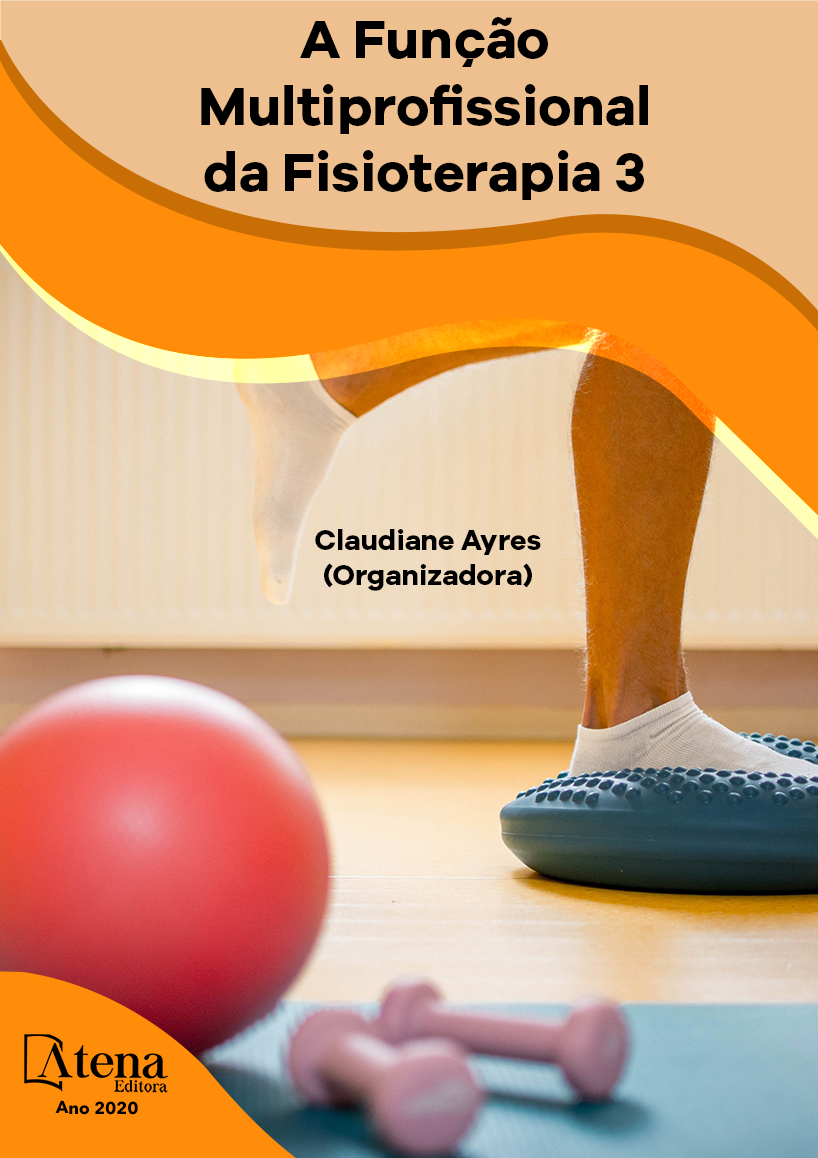
A INFLUÊNCIA DO MÉTODO PILATES NA ÁGUA NA FLEXIBILIDADE E FORÇA MUSCULAR RESPIRATÓRIA EM IDOSAS SEDENTÁRIAS
Tendo em vista o aumento da
expectativa de vida na população idosa e as
alterações fisiológicas e biomecânicas que
acometem este público, torna-se necessário
a inserção de novas práticas que estimulem o
envelhecimento saudável. O método Pilates na
Água pode auxiliar na qualidade de vida uma
vez que une os princípios físicos da água aos
benefícios do método pilates tradicional. O
presente estudo teve como objetivo verificar a
influência do método Pilates na Água (PA) na
força muscular respiratória e na flexibilidade de
idosos sedentários. Foi realizado um estudo
quantitativo, quase experimental com pré e
pós teste, sem grupo controle, onde foram
avaliadas oito idosas sedentárias, sendo que a
flexibilidade foi analisada através do Banco de
Wells e a força muscular respiratória através do
manovacuômetro. Os dados foram analisados
através do teste de Shapiro-wilk e teste de
Wilcoxon, com significância estatística de
p<0,05. Quanto à força muscular respiratória a
média da PImáx pré foi 62,13 cmH2O (DP=7,59
cmH2O) e após 64,25 cm/H2O (DP=8,43
cmH2O). Já na PEmáx os resultados antes do
programa de PA eram, em média, 74 cmH2O
(DP=14,4 cmH2O) e após 81,2 cmH2O (DP=26,6
cmH2O). Quanto à flexibilidade, em um primeiro
momento era de 25,31 cm (DP=6,01 cm) e
passou para 28,75 cm (DP=5,57 cm). Ambas as
variáveis apresentaram melhora na avaliação
pós, no entanto, somente a flexibilidade
obteve aumento estatisticamente significativo,
comprovando que o método Pilates na Água é
uma prática que pode gerar benefícios para a
população estudada.
A INFLUÊNCIA DO MÉTODO PILATES NA ÁGUA NA FLEXIBILIDADE E FORÇA MUSCULAR RESPIRATÓRIA EM IDOSAS SEDENTÁRIAS
-
Palavras-chave: Idosos; flexibilidade; força muscular respiratóra; pilates na água.
-
Keywords: Elderly; flexibility; Respiratory muscle strength; Water Pilates.
-
Abstract:
Given the increase in life expectancy in the elderly population and the
physiological and biomechanical changes that affect this public, it is necessary to insert
new practices that stimulate healthy aging. The Water Pilates method can aid in quality
of life as it unites the physical principles of water to the benefits of the traditional pilates
method. The present study aimed to verify the influence of the Water Pilates method
on respiratory muscle strength and on the flexibility of sedentary elderly. A quantitative,
almost experimental study was performed with pre and post test, without control group,
where eight sedentary elderly women were evaluated. Flexibility was analyzed through
the Wells Bank and respiratory muscle strength through the manovacuometer. Data
were analyzed using the Shapiro-wilk test and Wilcoxon test, with statistical significance
of p<0.05. For respiratory muscle strength, the mean pre MIP was 62.13 cmH2O (SD
= 7.59 cmH2O) and after 64.25 cmH2O (SD = 8.43 cmH2O). In the MEP, the results
before the BP program were, on average, 74 cmH2O (SD = 14.4 cmH2O) and after 81.2
cmH2O (SD = 26.6 cmH2O). As for flexibility, at first it was 25.31 cm (SD = 6.01 cm)
and passed to 28.75 cm (SD = 5.57 cm). Both variables showed improvement in the
post-evaluation, however, only the flexibility obtained a statistically significant increase,
proving that the Water Pilates method is a practice that can generate benefits for the
studied population.
-
Número de páginas: 14
- Bruna de Oliveira Rigo
- Vanessa Merljak Pereira
- Alexssander Weber Crivellaro
- Alecsandra Pinheiro Vendrusculo


